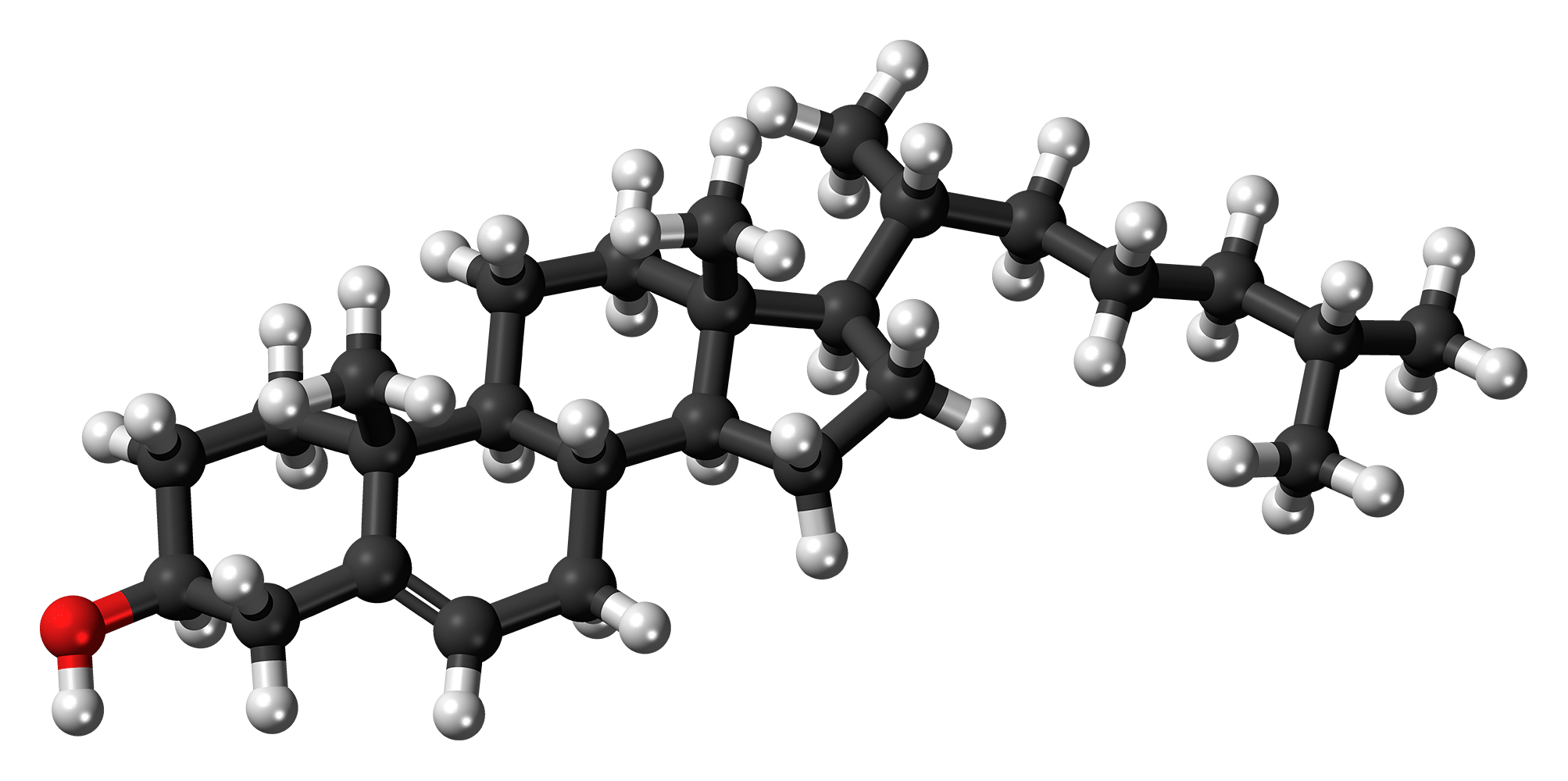Researchers from the University of Copenhagen have become the world’s first to prove a connection between a gene and HDL-cholesterol (HDL-C), also known as ‘good cholesterol’.
Low levels of HDL-C in the body leads to a greater risk of cardiovascular disease and atherosclerosis, and it is beneficial to understand which role the gene GALNT2 played in regulating cholesterol levels.
“We wanted to understand the role that GALNT2 plays in regulating the level of HDL-C in the blood,” said Katrine Schjoldager, an assistant professor at the Copenhagen Center for Glycomics at the University of Copenhagen.
“Based on existing literature, we have not been able to determine whether GALNT2 contributes to raising or lowering HDL-C levels. By taking a closer look at the mechanisms taking place in our cells, we can now conclude that a low or non-existent level of GALNT2 activity is linked to low levels of HDL-C.”
READ MORE: Danish research: Shark blood could help cure brain diseases
Significant find
The researchers investigated the impact of GALNT2 across a number of species, including mice, rats, apes and humans. The researchers found for the first time that there were humans who lacked the GALNT2 gene, and they have managed remove the gene in mice, rats and apes.
The research, just published in the scientific journal Cell Metabolism, is part of a collaboration that includes the Perelman School of Medicine at the University of Pennsylvania and the pharmaceutical firm Bristol-Myers Squibb.
“It’s the first time that we’ve been able to study GALNT2 and HDL across species. Moreover, it’s the first time that we have the competencies and the technological tools needed to go in and characterise the function of a gene like GALNT2,” said Schjoldager.
“GALNT2 is one of many enzymes that attaches sugar to proteins and regulate the proteins’ functions, so it is particularly difficult to identify specific causal relationships. We have now shown that GALNT2’s functions are causal for the HDL level. This is of considerable importance for research into similar mechanisms and may have a significant impact on research into what extent the regulation of GALNT2 can affect the level of HDL-cholesterol and thus also the risk of developing arteriosclerosis and cardiovascular diseases.”














